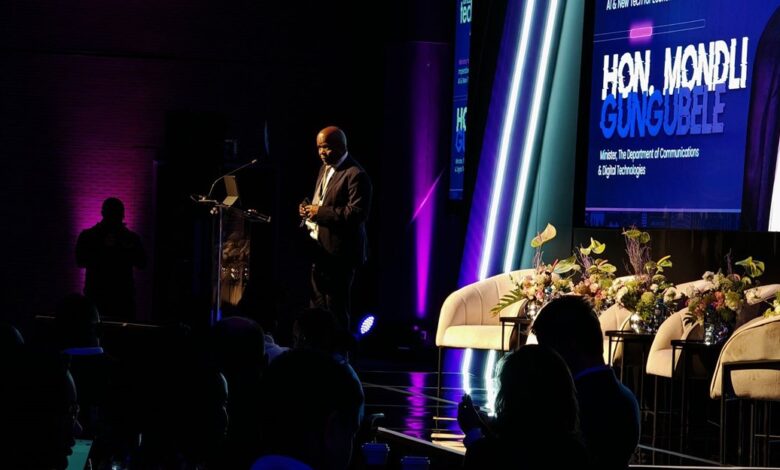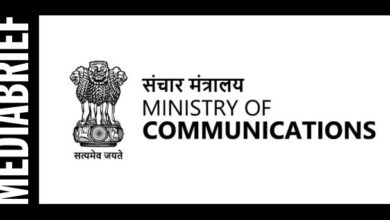DCDT overhauls radio frequency spectrum policy

Minister Mondli Gungubele delivered an opening keynote at Africa Tech Week.
A major highlight of the new policy is its focus on bridging the digital divide. It mandates the provision of free basic data to indigent households and seeks to improve broadband infrastructure in underserved areas.
This will be achieved particularly through the development of alternative network infrastructures such as community networks and public Wi-Fi.
Additionally, the policy encourages the phasing out of outdated 2G and 3G networks to reallocate spectrum for more efficient technologies like 5G.
A hybrid approach to spectrum licensing will combine auctions with administrative assignments, with a “use it or share it” principle to prevent spectrum hoarding and allows for spectrum trading and sharing under certain conditions, aiming to maximise spectrum utilisation.
This comprehensive spectrum policy will support spectrum allocation and licensing across a diverse range of industries, including fixed mobile, broadcasting, aeronautical and marine, research and development, and community access.
The strategy seems designed to ensure equitable distribution of spectrum and to facilitate the sector’s transformation, ensuring that digital connectivity extends to even the most remote areas of the country.
Previous shortcomings
The new policy also addresses the shortcomings identified in the 2016 National Information and Communications Technology White Paper and sets the stage for amending sections of the Electronic Communications Act of 2005 to clarify and streamline the roles and responsibilities between the minister and the Independent Communications Authority of South Africa (Icasa) to help reduce inefficiencies from the past.
Local operators will see the dismantling of the exclusive spectrum regime that has traditionally favoured a few major players.
Looking ahead, the revised policy includes provisions for services and applications from vertical industries such as agriculture, education, health, manufacturing, and mining, reflecting a comprehensive vision of the sector’s future needs and ensuring that the telecommunications infrastructure can support a wide range of applications.
The policy update is a much-needed step in modernising South Africa’s telecommunications sector.





